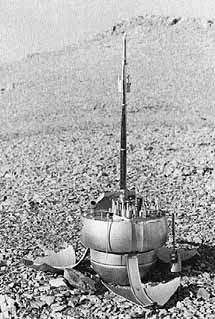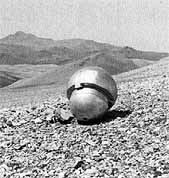















|
|
 |
 |
| ||||
| ||||
|
| ||||
|
|
|
| ||
|
|
|
|
|
|
|
| ||||
| ||||
|
$ 454.7 |
$ 454.7 |
- |
- |
|
379.7 |
334.7 |
$ 347.7 |
$ 315.5 |
|
| ||||
| ||||
|
71.5 |
71.5 |
- |
- |
|
50.0 |
0.0 |
42.0 |
0.0 |
|
| ||||
| ||||
|
74.0 |
74.0 |
- |
- |
|
50.0 |
74.0 |
73.0 |
46.5 |
|
| ||||
|
Total NASA budget | ||||
|
5100.0 |
5100.0 |
- |
- |
|
479.7 |
4851.0 |
4865.8 |
- |
| |||
| |||
|
| |||
|
Program |
Request |
Authorization |
Appropriation |
|
| |||
|
Apollo |
$2546.5 |
$2521.5 |
$2496.0 |
|
Apollo Applications |
454.7 |
347.7 |
315.5 |
|
Advanced missions |
8.0 |
2.5 |
0 |
|
Physics and astronomy |
147.5 |
145.5 |
130.0 |
|
Lunar and planetary |
142.0 |
131.9 |
125.0 |
|
Voyager |
71.5 |
42.0 |
0 |
|
Bioscience |
44.3 |
41.8 |
40.0 |
|
Space applications |
104.2 |
99.5 |
88.0 |
|
Launch vehicles |
165.1 |
157.7 |
145.0 |
|
Space vehicles |
37.0 |
36.0 |
35.0 |
|
Electronics |
40.2 |
39.2 |
35.0 |
|
Human factors |
21.0 |
21.0 |
21.0 |
|
Basic research |
23.5 |
21.5 |
20.0 |
|
Space power |
45.0 |
44.0 |
44.0 |
|
Nuclear rockets |
74.0 |
73.0 |
46.5 |
|
Chemical propulsion |
38.0 |
41.0 |
35.0 |
|
Aeronautics |
66.8 |
66.8 |
65.0 |
|
Tracking & data aquisition |
297.7 |
290.0 |
270.0 |
|
University program |
20.0 |
20.0 |
10.0 |
|
Technology utilization |
5.0 |
5.0 |
4.0 |
|
$4352.0 |
$4147.6 |
$3925.0 |
|
$76.7 |
$69.9 |
$35.9 |
|
$671.3 |
$648.2 |
$628.0 |
|
$5100.0 |
$4865.8 |
$4588.9 |